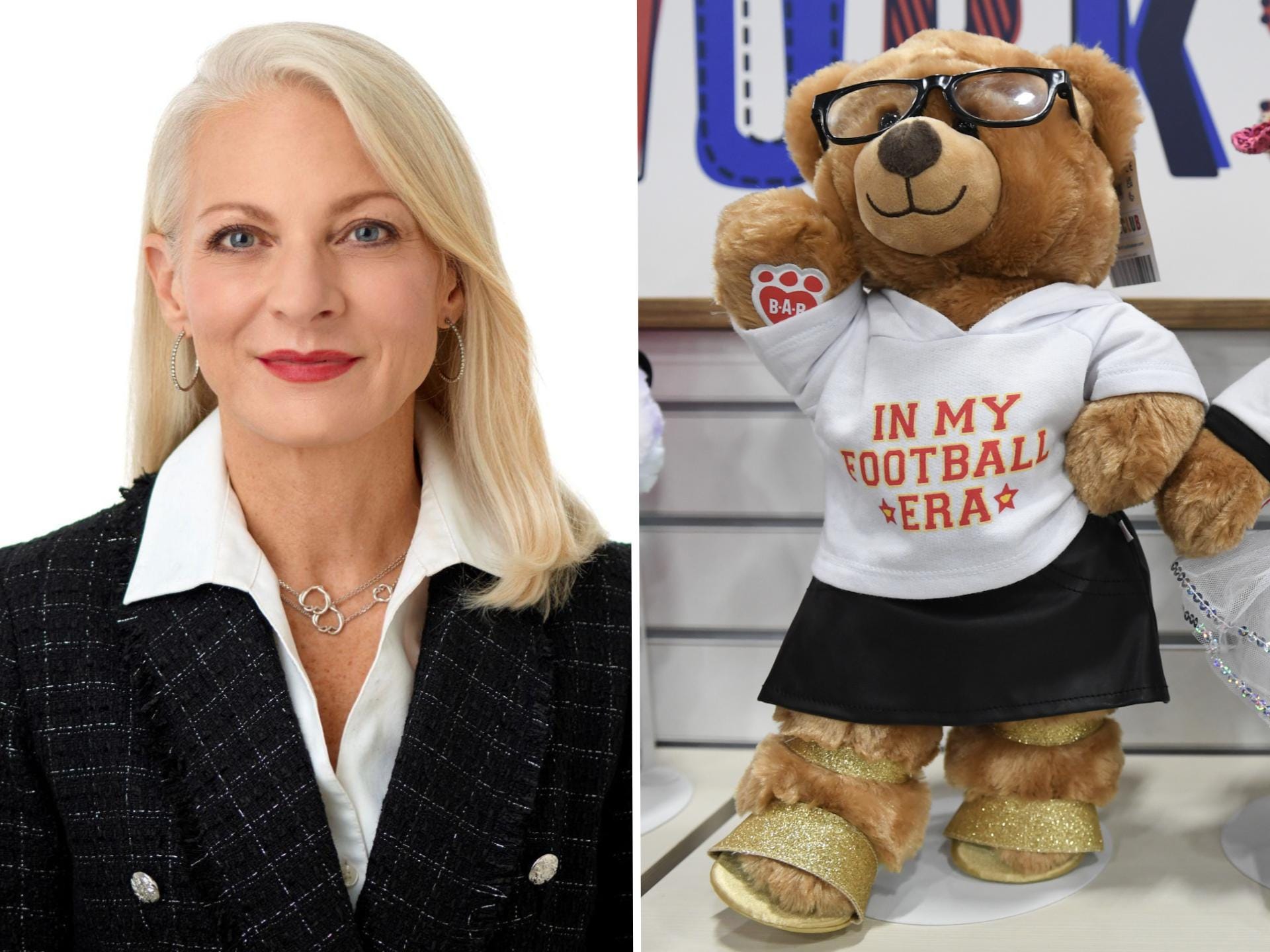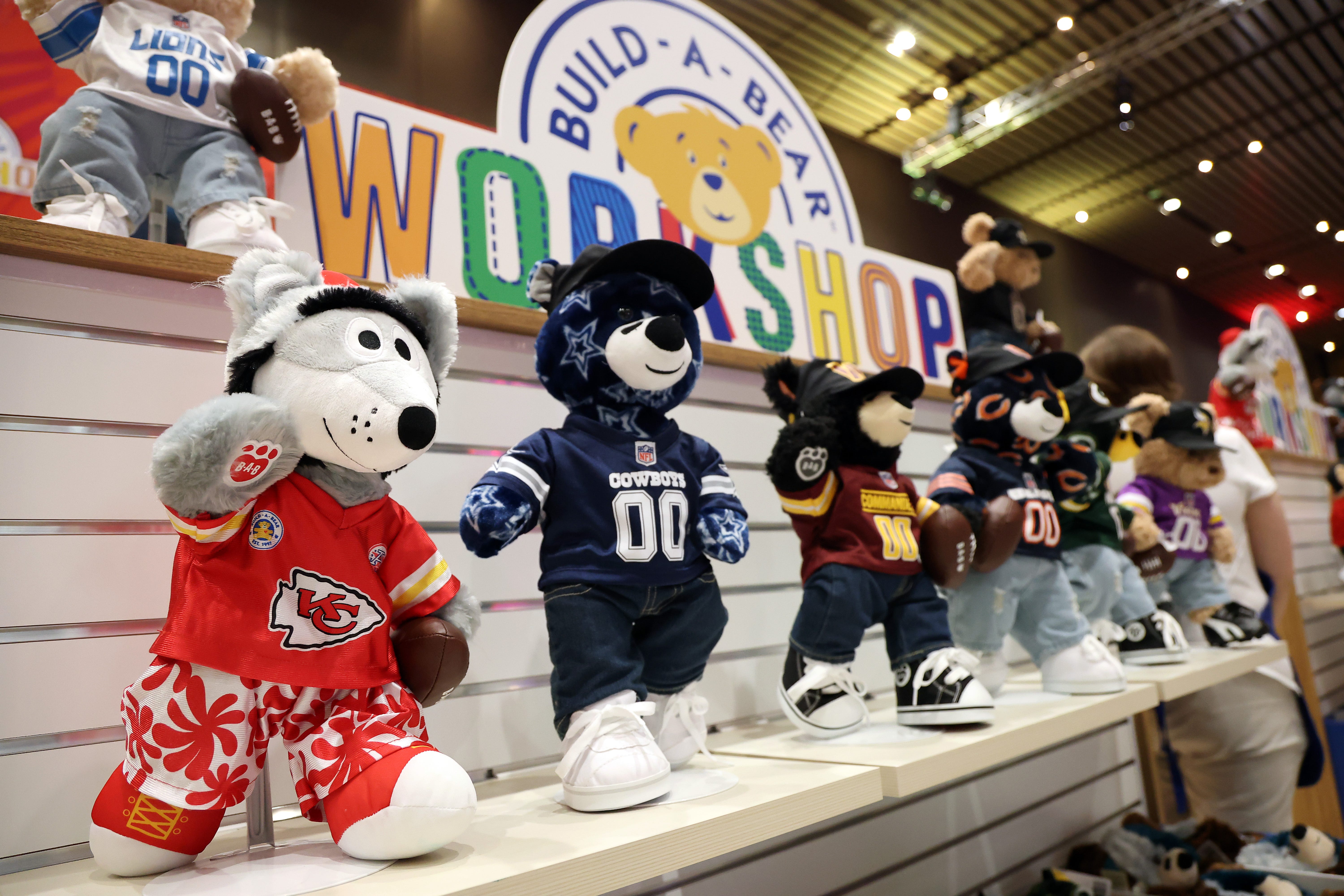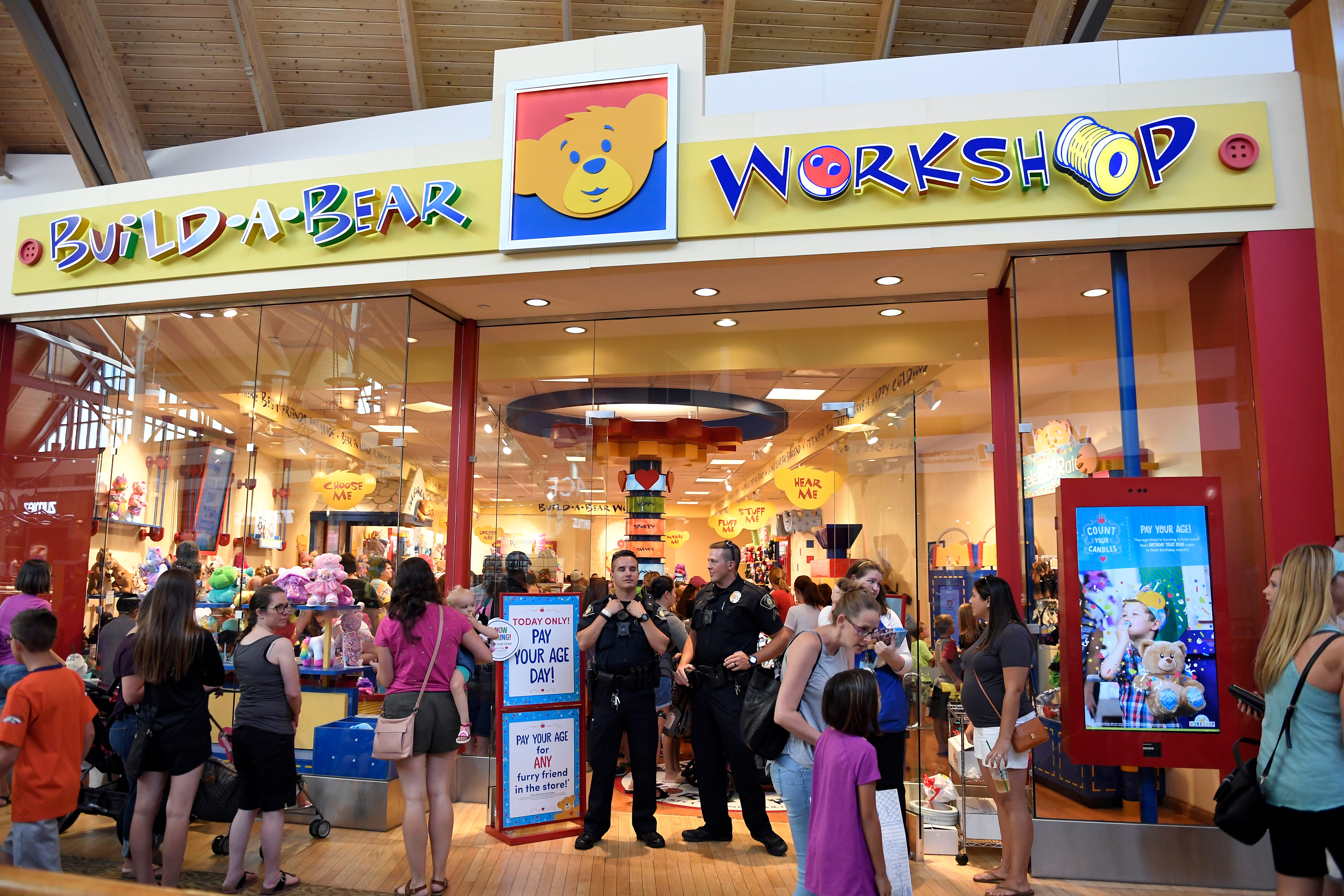
Sharon Price John; Candice Ward/Getty Images
Build-A-Bear’s CEO was always drawn to the toy industry, something she credits to her “inner child.”
After getting her MBA from Columbia University, Sharon Price John took a job at Mattel in 1994. Then, she moved to Hasbro. Now, she’s the boss of one of the biggest plushie sellers, Build-A-Bear Workshop, which is worth almost $500 million after its stock soared by 35% over the past 12 months.
“Barbie was one of my favorite toys when I was a kid,” Price John told Business Insider. “Barbie and plush. Those were the things that I played with a lot. And so my journey, it’s almost poetic. When people look at it, they think I planned it — but I didn’t.”
In her three decades in the toy world, Price John has witnessed many trends such as the rise of the “kidult” market.
Plushies are hot right now, particularly among Gen Zers and millennials.

Jamie Squire/Getty Images
Mintel’s Traditional Toys and Games report, published in October, found that stuffed toy sales have been growing among young adults. Brian Benway, the author of the report, previously told BI this is in part because social media communities are more open about sharing their interests.
“A lot of people are taking the approach that, well, I don’t care if other people think this is dumb, this brings me a little bit of happiness, a little bit of joy, so I’m going to keep doing it,” he said.
Build-A-Bear has capitalized on this by collaborating with some millennial favorites, including Harry Potter, Pokémon, and Hello Kitty. They also license “with everything from “Deadpool” to “The Matrix” to “Ted Lasso,”” Price John said.
“When you put Build-A-Bear together with a Harry Potter, which came out the same year Build-A-Bear did in 1997, that’s explosive,” she said. “You get to pick which house you’re in by which scarf he wears.”
Revenues rose 2.1% to $496.4 million for the year to February 1, while pre-tax income increased 1.2% to $67.1 million. Build-A-Bear has almost 600 locations globally.
For its 25th anniversary in 2022, the campaign leaned into nostalgia and reminded older consumers why they loved their plushies in the first place.
“The entire campaign was focused on what was special about Build-A-Bear and to come back to Build-A-Bear and celebrate those memories,” Price John said. “At the time, less than 20% of our total sales were teens and adults. Now it’s 40% of our sales.”

Joe Amon/Denver Post/Getty Images
Targeted marketing helped too, because it’s much easier to find micro-communities now through social media.
“That’s where all of that sort of these subsets have emerged, and it makes it much much more efficient to communicate with like-minded groups,” Price John said. “That would have been really difficult for toy companies a long time ago had, who would have had to waste much waste trying to find the Harry Potter Build-A-Bear overlap.”
Price John has never thrown away any of her own stuffed animals or Barbies. She said we release endorphins when we relive those fond memories of childhood.
“We place extraordinary meaning in them,” she said. “There are things that you look at, and the feeling that that evokes is really good.”
It’s particularly strong for people who rediscover their old toys in adulthood. Children love their plushies, and then they become tweens and forget about them for a while. Maybe they are a little embarrassed and think of them as childish, and don’t want to play with them in front of their peers.
Childhood development
Once that awkward phase is over, Price John said, people realize how much the toys they played with helped form their identity.
“Nurture toys teach you how to be a caring, giving person. There are role-play toys that teach you that you’re practicing being an adult. There are building toys that teach you how things work together,” she said. “All of that is an important part of childhood development.”
Price John always saw the value of toys. When her business school counterparts were getting signing-on bonuses to join top management and consulting firms equal to her annual Mattel salary, they couldn’t understand her thinking. “They made fun of me. They don’t anymore.”
The post Build-A-Bear’s CEO understands that adults want cute, fluffy toys too appeared first on Business Insider.




